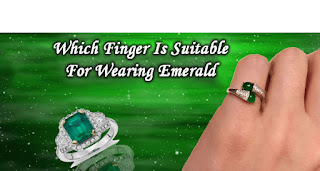7 Types of Diamond Inclusions and Why They're Important
![]()
Diamond are said to be a woman’s best friend. But, did you ever know that these beautiful gems are not free from inclusions?
These inclusions are normally fine and make a diamond unique from another. While some inclusions can’t be seen with the naked eye, there are some inclusions that may affect the clarity, and thus, the price of the diamond.
The world hardest material may be difficult to be found in a perfect state. This is the reason why it is important to know your diamonds better so that you don’t end up buying synthetic ones.
While you must know all about natural vs synthetic diamonds, here’s what you need to know about the seven commonly found inclusions in diamonds and their importance.
GIRDLE FRINGES OR BEARDING
These are hair-like lines that may take place around the girdle while cutting. While minimal bearding doesn’t cause much of a problem, too much of it may require polishing or re-cutting of the diamond for removal of the inclusions.
PINPOINTS
Pinpoints are very small light or dark crystals, usually white or black in color. These crystals may appear on their own or may take place in the form of clusters.
If these pinpoint inclusions are in larger clusters, they may create a hazy area inside the diamond known as the cloud. This cloud may have an impact on the diamond clarity, and thereby, its value.
LASER LINES
As the name suggests, laser lines are vapor-like trails which get embedded inside the diamond when lasers are used to remove crystal inclusions from the diamond.
These trails are thread-like, which begin at the diamond’s surface and go inward, to the point from where the inclusion was removed.
CRYSTALS AND MINERAL INCLUSIONS
As surprising as it may seem but diamonds can be embedded with tiny crystals and minerals. As a matter of fact, they can even have other diamonds embedded in them.
These inclusions can be colorless or black, red, green, etc. By adding a certain distinctiveness to a diamond, they make it look stunning than usual.
CLEAVAGE
It is a straight crack without feathering. It may split the diamond if it is hit at the correct angle. In case these are not visible when the diamond is viewed face up, then these don’t really affect the clarity rating of the diamond.
GRAIN LINES, GROWTH LINES
These occur due to irregular crystal growth during the formation of diamond. These grain or growth lines can be whitish, colored or reflective lines.
Colorless lines may not pose a problem for the diamond’s clarity unless they are present in large forms. But, white or colored lines may give the stone a hazy appearance, affecting the diamond’s clarity.
FEATHERS
Feathers are little fractures or cracks that look like feathers and usually do not have an impact on a diamond’s durability.
However, they may affect the durability if they reach the top surface of the stone. And in case they have unsightly coloration, then also these diamonds shouldn’t be purchased.



Comments
Post a Comment